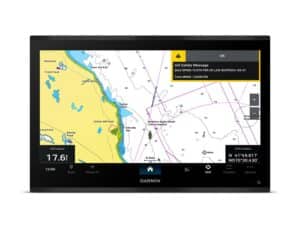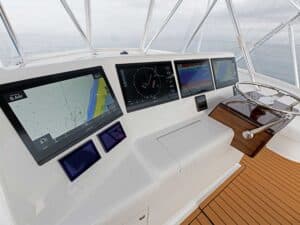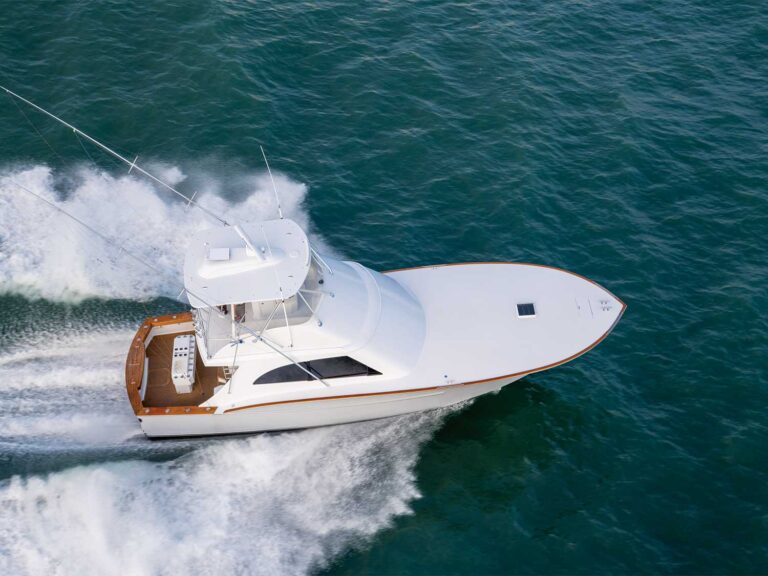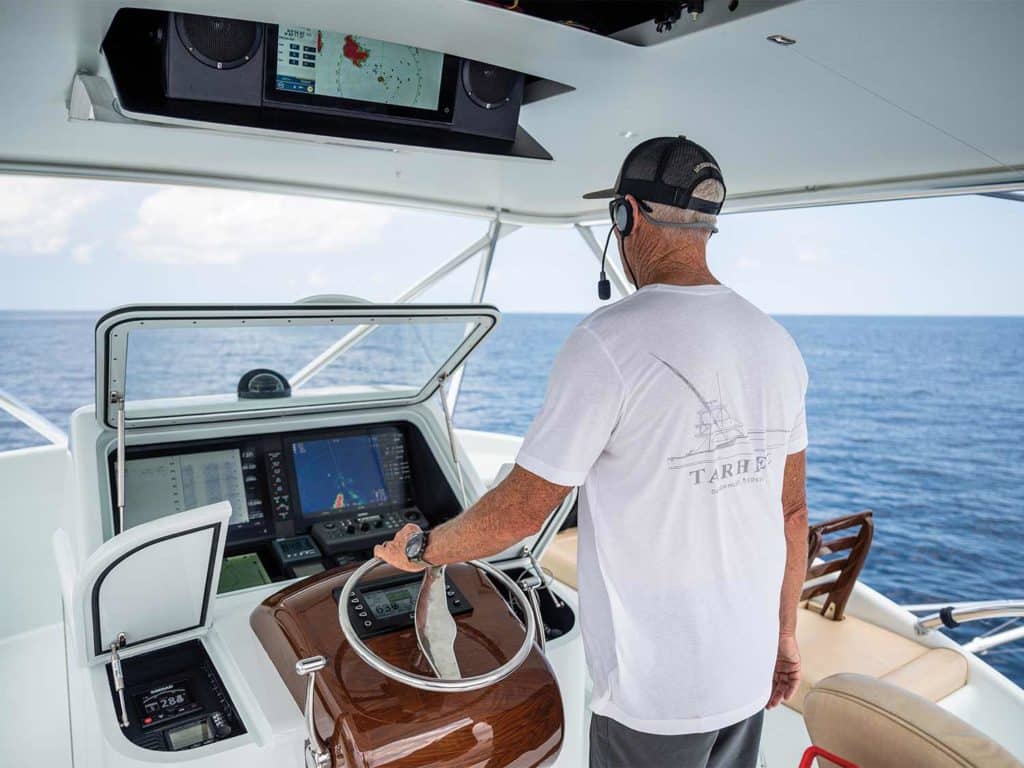
Special delivery: Sign up for the free Marlin email newsletter. Subscribe to Marlin magazine and get a year of highly collectible, keepsake editions – plus access to the digital edition and archives.
While boating and fishing are often seen as a way to escape the connectivity of everyday life, sometimes we also want to enjoy our everyday favorites on the boat just as we would at home, such as video streaming, internet browsing, social media, answering email, and more.
When it comes to internet offshore, to put it simply, nothing is the same as we are used to on land. There are no wired options because, in most cases, we just can’t stretch a long Ethernet cable and plug it into a router on the boat. With that in mind, here’s a look at the best wireless-internet options.
Watch: Take a ride on Wall Hanger, a waterjet-powered beauty from Spencer Yachts.
Wi-Fi: This links you to the closest Wi-Fi hotspot for your internet. These are the least expensive—most of the time they are free. However, they may be used only while you are docked because their range is very limited. It is not practical to keep switching hotspots while underway.
Cellular: This option gives you more flexibility because you may use cellular service while underway. It provides service, depending upon the actual location of the cell towers, in some spots up to 20 nautical miles offshore. In other areas, such as the upper Gulf of Mexico, service is provided via cell towers on drilling rigs, greatly extending range.
Satellite: This is the most expensive of the three, providing coverage out to the middle of the ocean, thanks to the ability to access satellite services. V-Sat provides the fastest download and upload speeds as well.
There are two components of the services provided for internet, which are split into voice and data. All your phone calls are categorized as voice, and the remaining files—texting, browsing and other usage such as streaming movies—are considered data. Let’s take a closer look at these three alternatives for internet and consider their individual levels of service provided for the money.
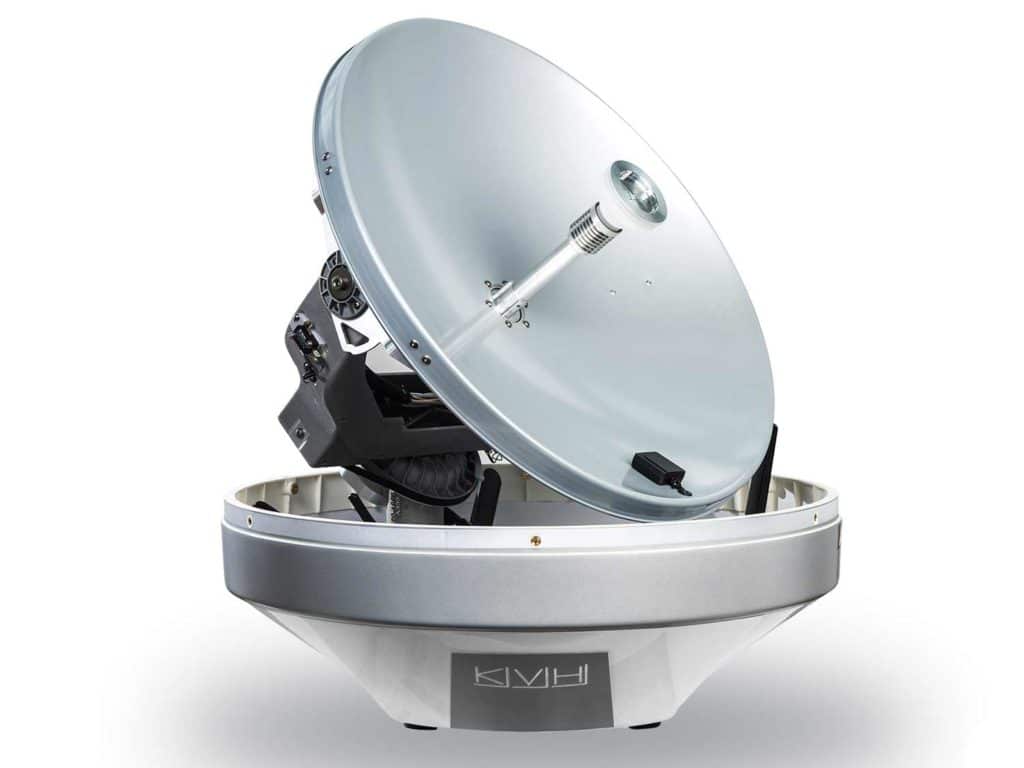
Think about Usage First
Everyone uses their vessel differently, so you need to consider the type and frequency of your own boating to choose the best internet option. Some keep their boats at the dock much of the time; in these instances, Wi-Fi is the best option for onboard internet. The Wi-Fi hotspot you connect to will vary in speed and bandwidth, ultimately affecting your overall performance. In many cases though, the Wi-Fi is free, which is obviously an important factor to consider.
Cellular is the second choice and is the least expensive of the paid options that are designed to work while you are underway. This means you can get underway with active internet on board. The advantage is the ability to be mobile—and stay connected—to a single internet source. The range of use is approximately 20 nautical miles within the coast for the LTE network used by KVH Industries.
The cost for this service varies with each service provider, but in this example, KVH offers a data plan with a base monthly amount of 10 gigabytes of data for $100 per month. You may then purchase more data at a rate of $10 per gigabyte if you go over your monthly allowance. It adds up quickly.
Satellite is the best option available because it provides stable internet well offshore in a marinized package that can be mounted on the vessel. The equipment cost is considerable for this level of technology; you will also pay voice and data rates that will vary depending upon total usage. Satellites allow the coverage to increase dramatically as you transit the oceans, but you’ll still have full access to the internet. With such a well-established system of satellites, you also can expect a lot more bandwidth and the fastest download/upload speeds.
The latest satellite service available is called V-Sat on the Ku band. In general, voice and data rates are higher on this V-Sat service than the two lower-priced options already mentioned.
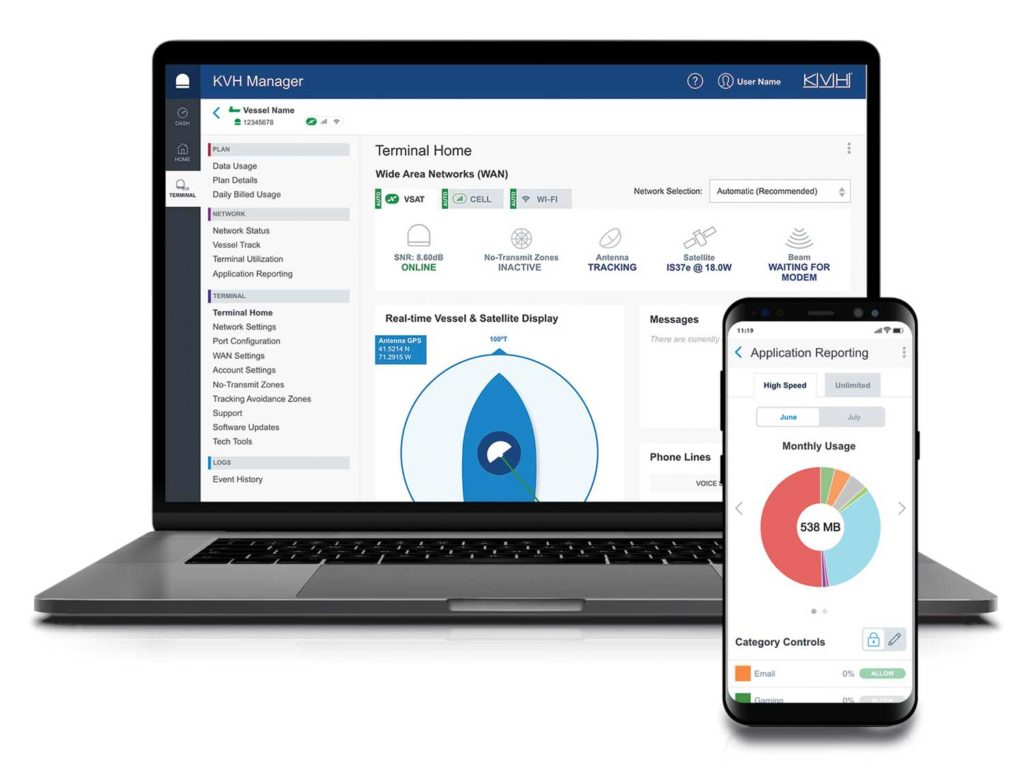
Hybrid Internet
Many commercial offshore shipping and exploration vessels have all three separate systems installed on board just for providing internet to the ships’ crew. And there is a new product that has just been introduced that combines all three systems into a single package. It has a Wi-Fi, cellular and V-Sat all inside a single antenna. The built-in software will save you money by automatically switching from satellite to cellular once you are within cell range, for example, then will switch again from cellular to Wi-Fi once within range, using their custom algorithms to automatically keep you using the least expensive internet source for uninterrupted service.
Read Next: Learn more about the past, present and future of the Offshore World Championship.
In recent history, we used to have a single display for each piece of electronics: chart plotter, radar, sounder and more. Then through product evolution, manufacturers configured their products to work on a single multifunction display. In a similar manner, this new hybrid internet system reminds me of the same concept, putting all three services into a single antenna. We will keep you posted as this technology continues to develop.

